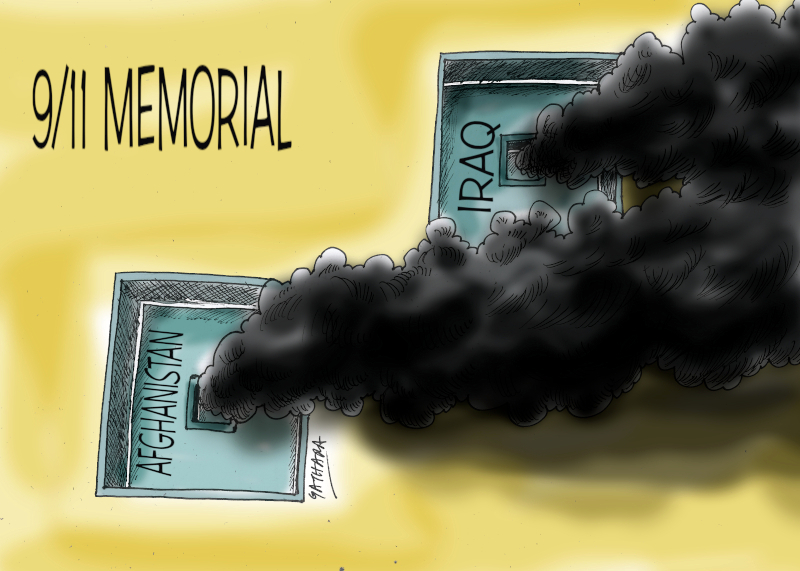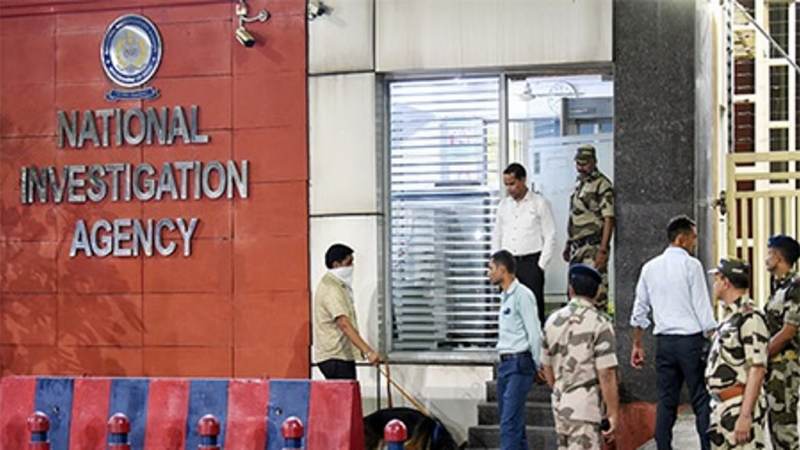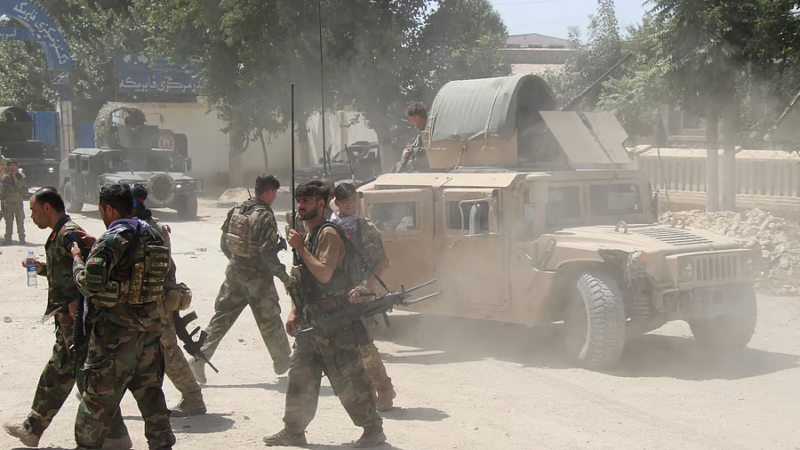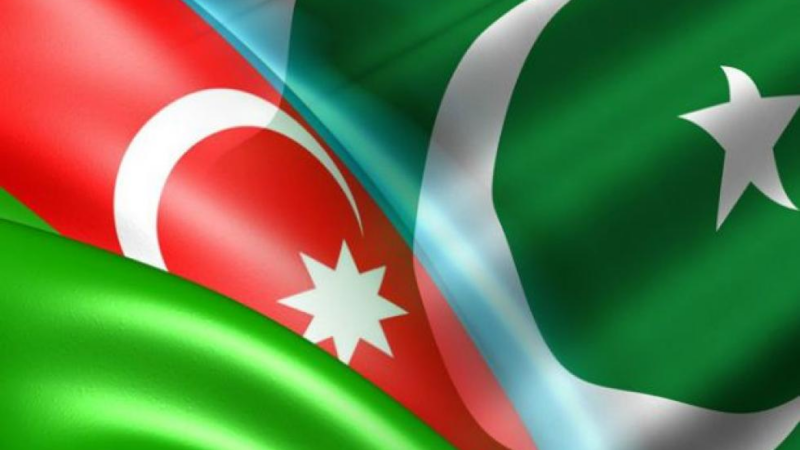How did 9/11 and the War on Terror change Kenya’s trajectory?

On the evening of September 11, 2001, I was returning home from work, dreading the uncomfortable ride in the crowded, noisy minibuses that are the backbone of what passes for a public transport system in Nairobi. I spotted a group of people crowding the TV outside an upscale bar and walked over to find out what was going on. The burning tower on the screen seemed like something out of a movie. Then the second plane hit. I pulled up a chair, knowing I would not be heading home for a while. Like everyone else at that bar, I instinctively felt something significant was happening, even though I did not appreciate then just how world-changing the events would be.
International terrorism was nothing new to Kenyans at the dawn of the 21st century. In 1976, the country quietly aided the audacious Israeli mission, known as Operation Entebbe, to rescue 260 passengers and crew after members of the Popular Front for the Liberation of Palestine and the German Revolutionary Cells hijacked an Air France plane and flew it to neighbouring Uganda. Five years later, the bombing of the Norfolk Hotel in Nairobi, which killed 20 people and injured close to 100, was linked to the PFLP – apparent payback for Kenya’s role in Operation Entebbe. In 1998, the country suffered its worst attack to date when 213 people were killed and more than 4000 injured after al-Qaeda fighters bombed the US Embassy in Nairobi, causing a commercial building next door to collapse.
The attack on the US, however, seemed set to be orders of magnitude more consequential, even for Kenya. This was exemplified when the brutal dictator, Daniel Arap Moi, for the first time took to the streets to lead a demonstration against the 9/11 attacks, something he had not done when Kenya was the target. And with al-Qaeda having set up a base next door in anarchic southern Somalia, Kenya would be drawn into the so-called “global war on terror” US President George W Bush would soon launch.
Kenya had been battling the terrorists on its own territory even before the “war on terror” arrived in the region. The 9/11 Commission report cites instances in the run up to the US Embassy bombing when Kenyan authorities working with their US counterparts conducted operations against the al-Qaeda cell established in the country in 1992 – the same cell that carried out the bombing. The Commission also prophetically noted that areas in northern Kenya bordering Somalia would be an ideal place to locate a terrorist base.
Still, southern Somalia remained the major focus of US anti-terror efforts in the region. In 2002, the same year al-Qaeda bombed a Kenyan hotel and targeted an Israeli airliner flying out of the coastal city of Mombasa with a surface-to-air missile, the US established the Combined Joint Task Force – Horn of Africa in Djibouti. Although stabilising anarchic Somalia in order to deny its ungoverned spaces to al-Qaeda was its declared aim, the US was content to pay warlords in Mogadishu to track suspected al-Qaeda operatives and thwart the Union of Islamic Courts (UIC), which was scheming to take power there.
This model collapsed, however, when the UIC routed the warlords in 2006 and took over the entire country. Although the UIC had little interest in fighting a global “jihad”, preferring instead to establish their idea of an Islamic state in Somalia, and despite the fact that they had brought a semblance of peace back to Somalia, the US post 9/11 propensity to view everything through the prism of the “war on terror” doomed the enterprise. Six months after they kicked out the warlords, and after foolishly laying claim to Ethiopia’s Somali region, the Ogaden, the UIC was deposed by US-backed Ethiopian troops. Within three years, the armed wing of the UIC, known as al-Shabab, had regrouped, fought its way back north to Mogadishu and sworn allegiance to al-Qaeda.
Despite the threat on her doorstep, for the first decade of the “war on terror”, Kenya was more focused on internal political upheavals, from the exit from power of the dictatorial Daniel arap Moi at the end of 2002, to a failed attempt to change its constitution three years later, to the violence that followed the disputed 2007 elections. Still, in 2004 Kenya established a clandestine team within the paramilitary General Service Unit’s Recce Company which was equipped, trained and guided on counter-terror operations by the US Central Intelligence Agency. The team was responsible for, according to an investigation by Declassified UK, “the capture of high-value terror suspects, as well as rendition operations, killings and alleged summary executions”. Kenya’s vice president at the time, Kalonzo Musyoka, would later admit that the government was carrying out extrajudicial killings “because we are doing the bidding of the West in the war on terror”.
In October 2011, however, the country jumped in with both feet, ignoring the advice of more sensible heads – including the US – and sent troops into Somalia, a decision it would pay a heavy price for. Al-Shabab quickly and viciously retaliated, executing devastating attacks both in the remote north as well as in Nairobi. These include the 2013 attack on the Westgate Mall which killed at least 68, the attack on the Garissa University College in 2015 where 148 perished, and the 2019 storming of the Dusit D2 complex in Nairobi where 21 died. If the point of the invasion was to prevent attacks on Kenyan soil, it had the opposite effect. In the 45 months after the troops went in, Kenya suffered nine times as many attacks as in the 45 months prior. The attacks were also more ferocious, with deaths and injuries multiplying eight-fold in the same period.
In Somalia itself, Kenyan troops were faring little better. Although they had managed in 2012 to take the port of Kismayo from al-Shabab and to set up a regional government, the Kenyan troops were soon accused of facilitating an illegal trade in charcoal and sugar that actually made more money for the terror group than when it controlled the port. Further, in 2016, al-Shabab overran a Kenyan base in the Somali town of el-Adde, killing at least 148 troops. A year later, another 68 soldiers were killed when the terrorists attacked another base at Kulbiyow.
At home, Kenyans have become used to living in a much more fragile world since 9/11. Security checks and invasions of privacy have become much more ubiquitous. Airports have become fortresses and there are few commercial buildings one can enter in Nairobi today without having your ID and phone number recorded. A trip to the supermarket involves navigating through metal detectors. The neighbourhood Kenyans lived in had always been terrible, with civil wars raging in nearly every country with which Kenya shared a border. Despite being afflicted by a brutal and kleptocratic elite, the country itself had always been widely considered an island of relative peace and stability, hosting refugees and serving as a base for international humanitarian agencies and media organisations. The “war on terror”, political violence and the consequence of the Somalia invasion have taken much of the shine off that.
It has not all been doom and gloom. In many ways, even as the “war on terror” raged, the country made much progress – from promulgating a new and progressive constitution that allowed the country to be one of the first in the world to annul a presidential election, to becoming a global leader in digital money transfer as well as a digital tech industry hub. Looking back to that day 20 years ago, it strikes me that it is our own reactions as Kenyans – both positive and negative – to the things that have happened here, that have had the greatest impact on how people live. It is somewhat comforting to think that when barbaric actions by terrorists halfway across the world can inspire even worse superpower over-reactions that lay waste to entire nations and immiserate tens of millions, local circumstances and the acts of local people can still be what matters most.
The views expressed in this article are the author’s own and do not necessarily reflect Al Jazeera’s editorial stance.






